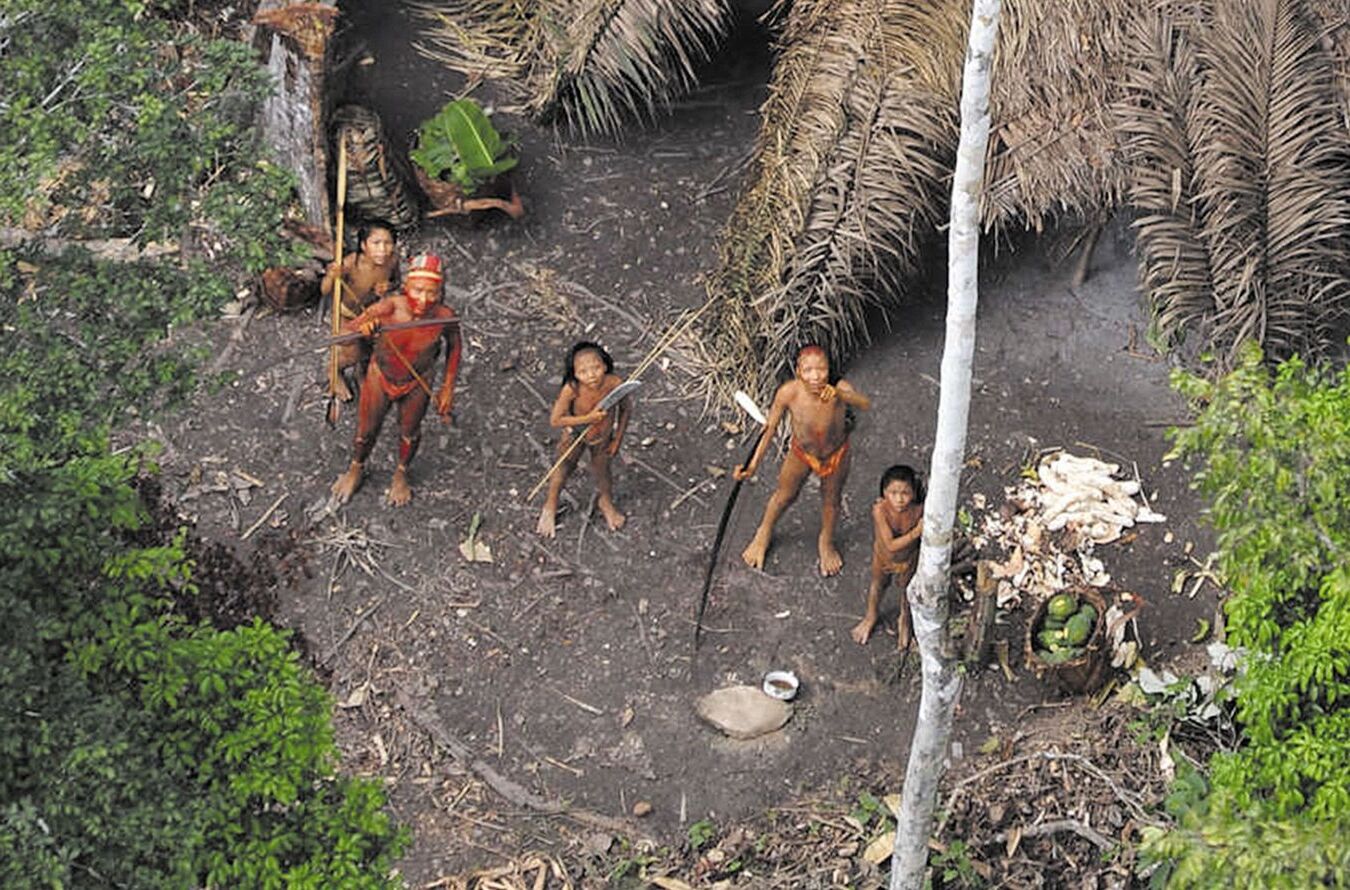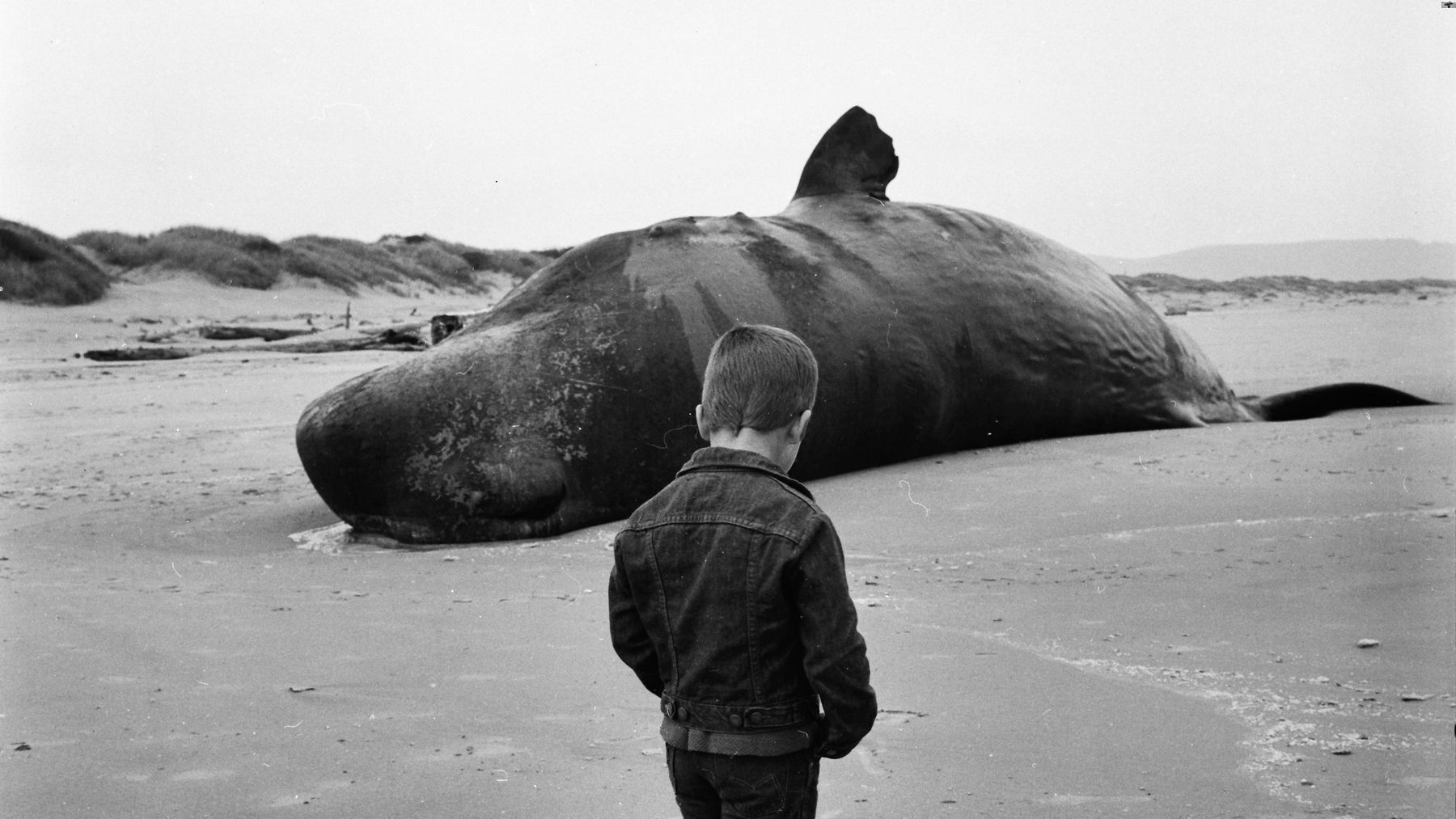
Ever wondered about the lives of uncontacted tribes? These isolated groups live without modern technology, untouched by the outside world. Found in remote areas like the Amazon rainforest, New Guinea, and the Andaman Islands, these tribes maintain ancient traditions and unique cultures. Why are they uncontacted? Many choose isolation to preserve their way of life, while others avoid contact due to past violent encounters. Governments and organizations often protect these tribes to prevent disease and cultural disruption. Curious about their daily lives, beliefs, and survival skills? Let's dive into 35 fascinating facts that will give you a glimpse into their mysterious world.
Key Takeaways:
- Uncontacted tribes live in isolation, facing threats from logging, mining, and climate change. Their unique cultures and traditions are at risk, requiring protection and respect from the outside world.
- Modern technology helps study and protect uncontacted tribes without direct contact. Satellite imagery, drones, and genetic studies offer insights while respecting the tribes' autonomy and rights.
Uncontacted Tribes: A Glimpse into Isolation
Uncontacted tribes are groups of people who live without significant interaction with the globalized world. These tribes often reside in remote, inaccessible regions. Their way of life remains largely untouched by modern civilization.
-
Over 100 uncontacted tribes exist worldwide. Most of these tribes are found in the Amazon rainforest, particularly in Brazil and Peru.
-
The Sentinelese are one of the most isolated tribes. They inhabit North Sentinel Island in the Indian Ocean and have resisted contact with outsiders for centuries.
-
Uncontacted tribes often have no immunity to common diseases. Contact with outsiders can lead to devastating outbreaks of illnesses like the flu or measles.
-
Many uncontacted tribes are hunter-gatherers. They rely on hunting, fishing, and foraging for their food, living in harmony with their environment.
-
Some tribes use unique languages. These languages are often not understood by anyone outside the tribe and can be completely undocumented.
The Challenges of Protecting Uncontacted Tribes
Protecting uncontacted tribes involves respecting their autonomy while ensuring their safety from external threats. Governments and organizations face numerous challenges in this endeavor.
-
Illegal logging poses a significant threat. Logging activities can encroach on tribal lands, leading to conflicts and environmental destruction.
-
Drug trafficking routes often intersect with tribal territories. This can bring violence and exploitation to these isolated communities.
-
Climate change impacts their environment. Changes in weather patterns can affect the availability of food and resources for these tribes.
-
Mining operations can displace tribes. The search for minerals and other resources often leads to the destruction of tribal lands.
-
Agricultural expansion threatens their way of life. Large-scale farming can lead to deforestation and loss of habitat for uncontacted tribes.
Cultural Practices and Beliefs
Uncontacted tribes have rich cultural traditions and beliefs that have been passed down through generations. These practices are integral to their identity and survival.
-
Many tribes have intricate rituals and ceremonies. These rituals often mark important life events such as births, deaths, and marriages.
-
Storytelling is a key part of their culture. Oral traditions help preserve their history, knowledge, and values.
-
Some tribes practice animism. They believe that spirits inhabit natural objects like trees, rivers, and animals.
-
Traditional medicine is widely used. Tribes rely on herbal remedies and spiritual healing practices to treat illnesses.
-
Art and craftsmanship are highly valued. Many tribes create beautiful artifacts, such as pottery, textiles, and carvings.
The Role of Technology in Studying Uncontacted Tribes
Modern technology has provided new ways to study and protect uncontacted tribes without direct contact. These methods help researchers gather information while minimizing the risk to the tribes.
-
Satellite imagery is used to monitor tribal lands. This technology helps track deforestation and other threats to their environment.
-
Drones can capture aerial footage. Drones provide a way to observe tribes from a distance without disturbing them.
-
Remote sensing technology aids in mapping. It helps create detailed maps of tribal territories, which are crucial for protection efforts.
-
Genetic studies offer insights into their ancestry. DNA analysis can reveal information about the origins and migrations of uncontacted tribes.
-
Acoustic monitoring detects human activity. This method uses sound recordings to identify signs of human presence in remote areas.
Legal and Ethical Considerations
Interacting with uncontacted tribes raises numerous legal and ethical questions. Ensuring their rights and autonomy is paramount.
-
International laws protect uncontacted tribes. The United Nations Declaration on the Rights of Indigenous Peoples outlines their rights to land, culture, and self-determination.
-
Many countries have specific laws. Brazil, for example, has laws that prohibit contact with uncontacted tribes to protect their autonomy.
-
Ethical guidelines discourage forced contact. Researchers and organizations are urged to respect the wishes of uncontacted tribes and avoid imposing external influences.
-
Cultural preservation is a key concern. Efforts are made to document and preserve the cultural heritage of uncontacted tribes without disrupting their way of life.
-
Human rights organizations play a crucial role. Groups like Survival International advocate for the protection and rights of uncontacted tribes.
The Future of Uncontacted Tribes
The future of uncontacted tribes depends on the actions taken today to protect their lands, cultures, and autonomy. Balancing respect for their isolation with the need to safeguard their existence is a delicate task.
-
Conservation efforts are vital. Protecting the natural habitats of uncontacted tribes helps ensure their survival.
-
Education and awareness are crucial. Raising awareness about the existence and plight of uncontacted tribes can garner support for their protection.
-
Collaboration with indigenous groups is essential. Working with contacted indigenous communities can provide valuable insights and support for protecting uncontacted tribes.
-
Sustainable development practices can help. Promoting sustainable land use and resource management can reduce the impact on tribal territories.
-
Technological advancements offer new solutions. Continued innovation in technology can improve monitoring and protection efforts.
Fascinating Facts About Uncontacted Tribes
Uncontacted tribes are full of fascinating and unique aspects that make them a subject of great interest and respect.
-
Some tribes use body paint for communication. Different patterns and colors can convey messages and signify social status.
-
They have unique dietary practices. Many tribes have diets that include foods not commonly consumed by the outside world, such as insects and wild plants.
-
Housing structures vary widely. From treehouses to thatched huts, their homes are adapted to their environment.
-
Music and dance are integral to their culture. These forms of expression play a significant role in their social and spiritual lives.
-
Some tribes have sophisticated navigation skills. They can traverse dense forests and rivers with remarkable precision and knowledge.
The Final Word on Uncontacted Tribes
Uncontacted tribes remain some of the most fascinating and mysterious groups on Earth. These communities live in isolation, maintaining traditions and ways of life that have been passed down for generations. Protecting their lands and respecting their choice to remain uncontacted is crucial. Governments and organizations must work together to ensure these tribes can continue their way of life without external threats. Understanding their significance helps us appreciate the diversity of human cultures. While curiosity about these tribes is natural, it's important to remember that their safety and autonomy come first. By learning about and respecting uncontacted tribes, we contribute to preserving a vital part of our world's heritage. Let's continue to support efforts that protect these unique communities and their environments.
Frequently Asked Questions
Was this page helpful?
Our commitment to delivering trustworthy and engaging content is at the heart of what we do. Each fact on our site is contributed by real users like you, bringing a wealth of diverse insights and information. To ensure the highest standards of accuracy and reliability, our dedicated editors meticulously review each submission. This process guarantees that the facts we share are not only fascinating but also credible. Trust in our commitment to quality and authenticity as you explore and learn with us.


